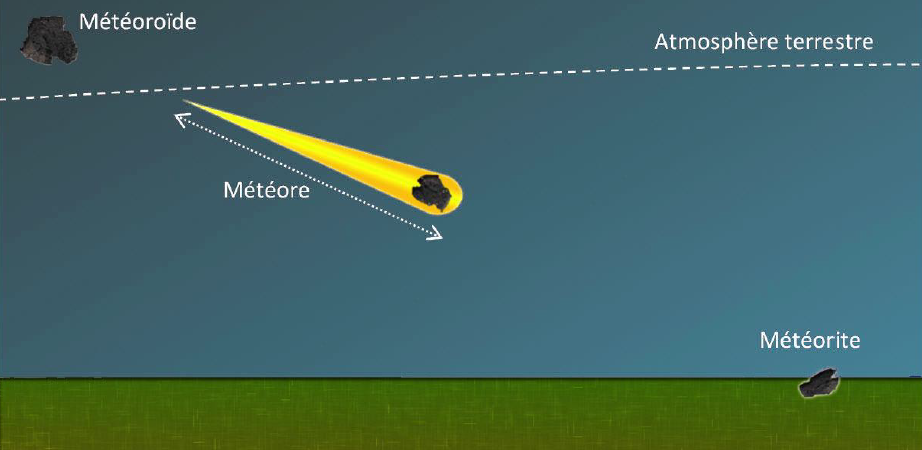METEOR : analysing the composition of meteoroids.
(report 2015)
The Earth’s atmosphere is a formidable detector of small extraterrestrial bodies, called meteoroids. When they enter the atmosphere, they heat up and ionize the gas, producing a meteor. The METEOR nanosatellite project aims to measure their UV spectrum of meteor trails in order to detect the chemical compounds contained in meteoroids (mainly Fe, C and OH). These elements are tracers of the formation of the solar system. Their detection is useful for studying the supply of extraterrestrial prebiotic materials on Earth. A camera will also be embedded to measure the magnitude, position and flow of meteoroids on Earth. Detection from space is an essential asset to access the UV spectrum, unhindered by weather conditions at the surface and to covering a wide area of the sky.
This student project is developed at UPMC (CurieSat campus), with IMCCE and LATMOS and is supported through CNES (JANUS program). The two space campuses CurieSat and CCERES join forces here to pool resources and promote the emergence of nanosatellite projects. METEOR is in the mission analysis and feasibility phase. Launch is foreseen starting from 2017.




